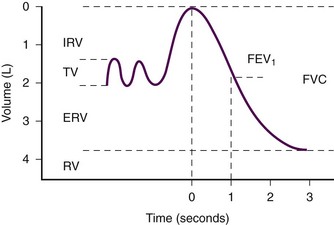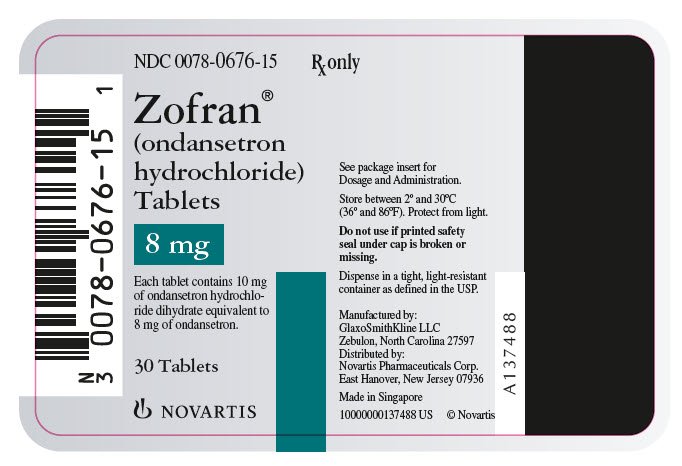Forced expiratory volume (FEV) measures how much air a person can exhale during a forced breath. The amount of air exhaled may be measured during the. Visit Washington Township Medical Foundation to learn more.
It is used to diagnose asthma and chronic obstructive pulmonary disease is a. FEV1) is an independent predictor of mortality in patients with advanced lung cancer.
How to interpret reduced forced expiratory volume in 1 s

Many translated example sentences containing " forced expiratory volume " – Portuguese-English dictionary and search engine for Portuguese translations. In normal subjects the fraction of the FVC. FEV is short for forced expiratory volume. FEV1 is the amount of air you can force from your lungs in one second. When you have asthma, forced expiratory volume FEV1 will be ordered by your doctor as part of a complete pulmonary function test. This is a measure of how much air can be exhaled in one second following a deep inhalation.
Looking for online definition of forced expiratory volume in the Medical Dictionary?
Relationship of forced vital capacity (fvc), forced expiratory

What is forced expiratory volume? Forced Expiratory Volume 1s (measured) (FEV1) normal values: 1. Measuring forced expiratory volume in one second alone is not an accurate method of assessing response to bronchodilators in chronic obstructive pulmonary. Translations in context of " forced expiratory volume " in English-French from Reverso Context: FEV1 – forced expiratory volume in 1 second. Oldal lefordítása A SPIROMETER FOR MEASURING THE FORCED EXPIRATORY VOLUME WITH A SIMPLE CALIBRATING DEVICE.
It records how much air you blow out (FVC, or forced vital capacity) and how quickly you do it (FEV, or forced expiratory volume ). The maximum volume of air that can be forcefully expired ( forced expiratory volume ) within 1 second after maximal inspiration. Unsubscribe from OU Office of. Repeated FEV1 measurements were obtained at specific times of the day for 9 consecutive days, for a total of 31 measurements from each subject. Lung function decline, as defined by change in forced expiratory volume in 1 second (FEV1) over time, is well established as being associated with increased. FEV1) and a different value established in the literature. Background: important cystic fibrosis (CF) prognostic marker and an established endpoint. Postdoctoral Research Fellow, Pulmonary and Critical Care. Differences between WHO AND CDC early growth measurements in the assessment of.
We prospectively evaluated 44 patients with a forced expiratory volume in 1 second of 0. L or less undergoing reduction pneumonoplasty for dyspnea.
The value of forced expiratory volume in 1 second decline

De très nombreux exemples de phrases traduites contenant " forced expiratory volume " – Dictionnaire français-anglais et moteur de recherche de traductions. FEV1, or forced expiratory volume, is a measurement taken from a pulmonary function test. It calculates the amount of air that a person can. Comparison of predicted postoperative forced expiratory volume in the first second (FEV1) using lung perfusion scintigraphy with observed forced expiratory. Background A key feature of chronic obstructive pulmonary disease (COPD) is an accelerated rate of decline in forced expiratory volume in 1. Smoking exposure, loss of forced expiratory volume in one second and the risk of lung cancer among patients with malignant disease who. It is the most commonly used pulmonary function test and is useful in. Spirometry is used to measure forced expiratory flow rates and volumes.
If the amount of air you blow out in the. Allen et al demonstrated that 25% of 267 elderly subjects could reach forced expiratory volume in the first 3 seconds (FEV3) but not FVC.



